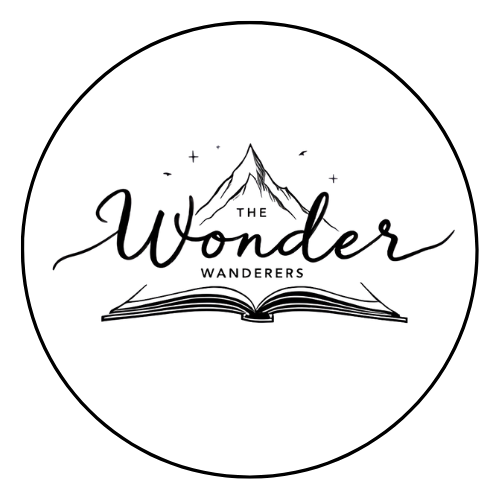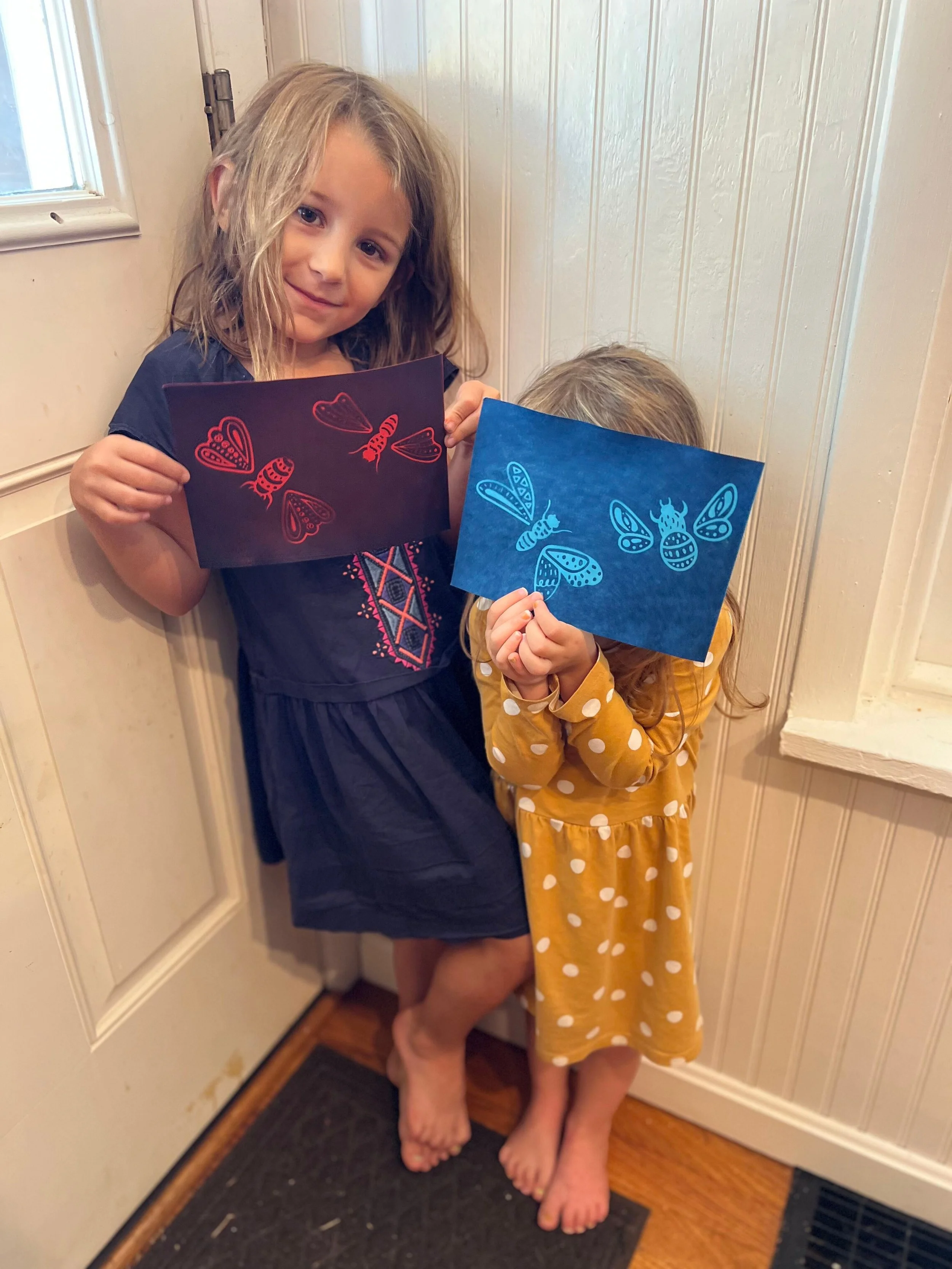The Sun: A Mini Unit Study
Here are some simple ways to teach little ones about the sun with hands-on activities, printables and books.
This sunny batch of playdough was extra vibrant from a mixture of turmeric and orange food coloring.
Here are the printables we used to guide our learning. They are from Treehouse Schoolhouse and Stephanie Hathaway, two of our favorite sources for beautiful resources!
I taught a local nature class about the sun during the summer, and recently I decided to incorporate some of those lesson plans into a little mini study at home too. Here I’ll share some of the simple ways we learned about the sun for this mini study.
One of the first things I like to do with a new study is think of some questions to ask the kids. This helps me to assess how much they know and also gets a discussion going and their wheels turning about more questions they could ask if they’re feeling especially curious. For this part of the study I took them outside and asked these questions:
Where is the sun located?
How does it make us feel? (Is it warm or cold?)
Can we always see it? (Where is it when we can’t see it on a cloudy day? Or at night?)
Does it stay in the same area of the sky all day?
Does the sun move or the earth move?
I often also like to ask what they are wondering about the subject too, so that I can help them to find the answers!
After our short discussion, we came inside for circle time with a sweet sunflower hand rhyme from Treehouse Schoolhouse and a little joke: What does the sun drink out of? Sunglasses!
I also used some printable visuals from Stephanie Hathaway that helped to describe how the earth moves around the sun throughout the year. We very briefly touched on sun anatomy and then experimented with making our own playdough suns.
Here you can see the simple sundial set-up we used with a toothbrush and chalk. The main goal was to demonstrate how shadows move throughout the day, not to accurately chart the time. Later I ended up placing the toothbrush into a wad of playdough for more stability.
We also did a few hands-on activities to learn more about how the earth moves and why the sun rises and sets in the sky. At the beginning of our session, during the discussion outside, we set up a toothbrush as a very basic sundial. Why a toothbrush, you might ask? It was conveniently already on the patio area (the kids use these to scrub toys and experiment with chalk) and surprisingly able to be wedged into the patio cracks in an upright position. If you’re trying this at your own home, you could also consider a chopstick, a stick, or a purchased sundial. I had Willow draw a line on the shadow and asked the girls to predict what would happen when we came back later to observe it again. Over the next couple hours we charted the movement of the shadow, and the girls learned how people in history used sundials to track time before there were clocks.
Another activity was a simple earth/sun demonstration we did inside after circle time. I had the girls stand in the middle of the room and act like the sun while I walked around them with a globe. I showed them how the earth tilts slightly toward the sun and then tilts slightly away, and we talked about how that affects the temperature on earth and makes the seasons. (Each kid at the nature class that I taught got a yellow or orange balloon, but I didn’t have these on hand so the girls used a ball and their arms to demonstrate the sun.)
The girls pretended to be the sun in the middle while I walked around them to demonstrate how the earth revolves around the sun.
Lastly we had some fun making sun prints! Willow had spotted these in our homeschool cabinet and was begging to do them for a couple weeks, so it was great to officially put them to use! The kit made it very easy and I was impressed with all that was included inside of it. A friend had passed them along to us, but I am guessing there are a wide variety of similar ones online.
It was so cute how they could customize the bug they wanted with the kit and great that they can be reused for a long time! I also made my own print with with plants from outside.
Books About The Sun
Here are some book ideas if you’d like to take your learning a little deeper or just to have a bit of fun reading some sun inspired stories. We read some of these in the weeks following our mini study.
Sun - by Steve Tomacek
Good Golden Sun - by Brendan Wenzel
The Reasons for Seasons - by Gail Gibbons
Fact Finders Space: Sun - by Alice Harman
The Sun Egg - by Elsa Beskow
Sun Up, Sun Down - by Gail Gibbons
The North Wind & The Sun - by Philip Stead
The Sun & The Moon - by Carolyn Cinami DeCristofano
Summer Sun Risin’ - by W. Nikola-Lisa
The Lizard and the Sun - by Alma Flor Ada
Living Sunlight - by Molly Bang & Penny Chisholm
Why The Sun And The Moon Live In The Sky - by Elphinstone Dayrell
More Sun Fun
Here are some more ideas for sunny fun! We didn’t do these on the day of our study, but have done them at other times. You can see pictured examples of some of these activities in the gallery below.
make a sunny plateful of orange and yellow foods such as clementines, cheese-its, pineapple, dried mango, sungold tomatoes and sweet peppers. These could also be arranged as a beautiful edible sunshine mandala.
float “sunshine boats” on the creek with cut circles of lemon or oranges
play shadow tag and trace each-other’s shadows
play sunshine “keepy-uppy” with orange and yellow balloons
paint sunscreen onto construction paper and leave it out in the sunlight to demonstrate how sunscreen is protective (I’ve also heard of applying sunscreen on half a hotdog)














